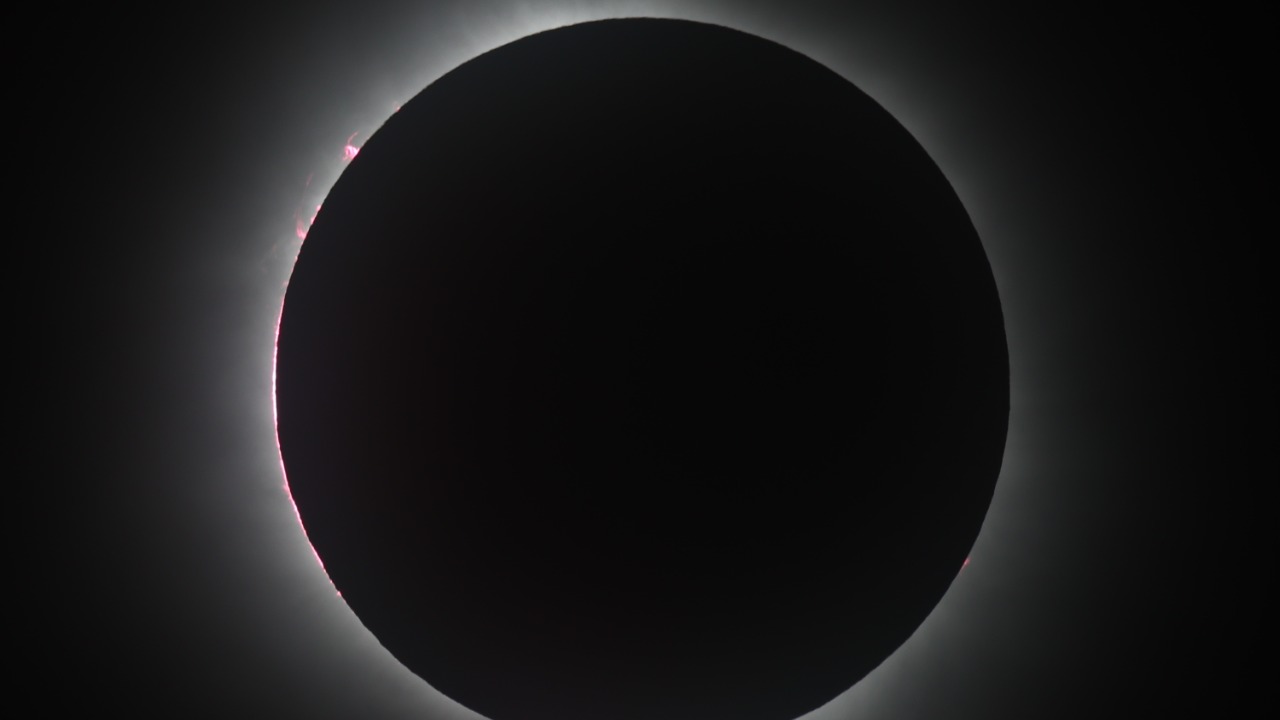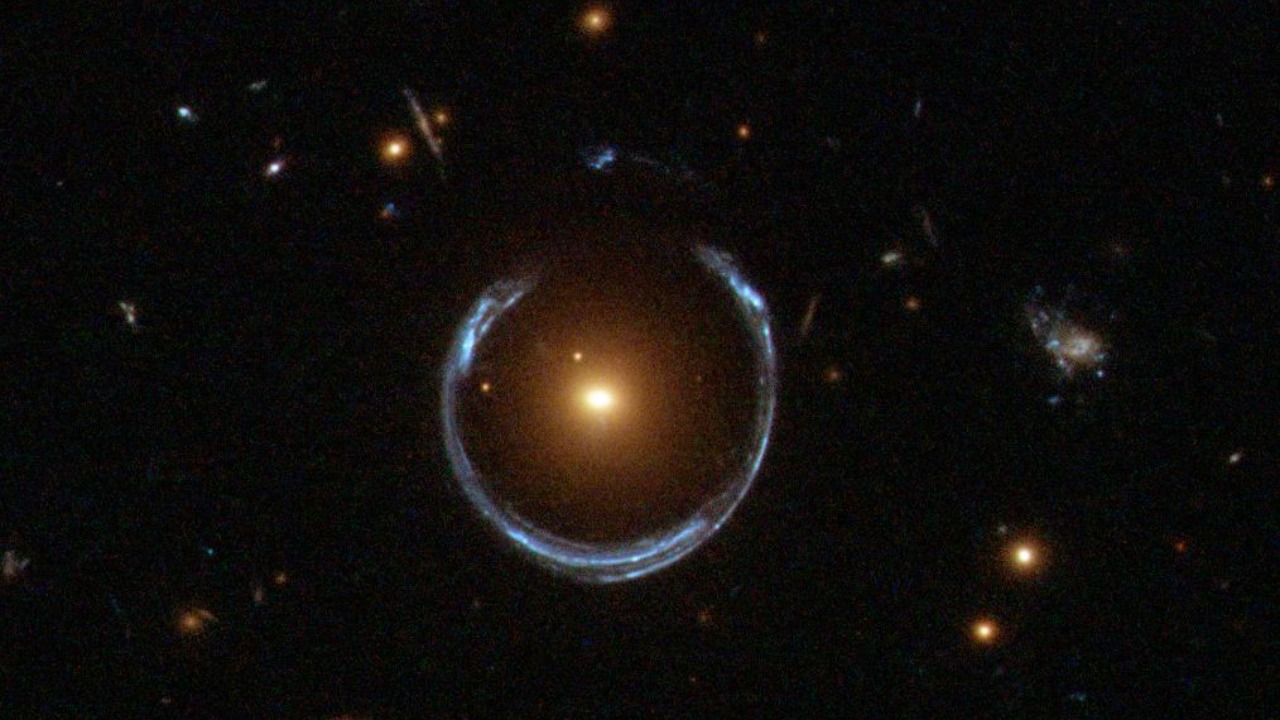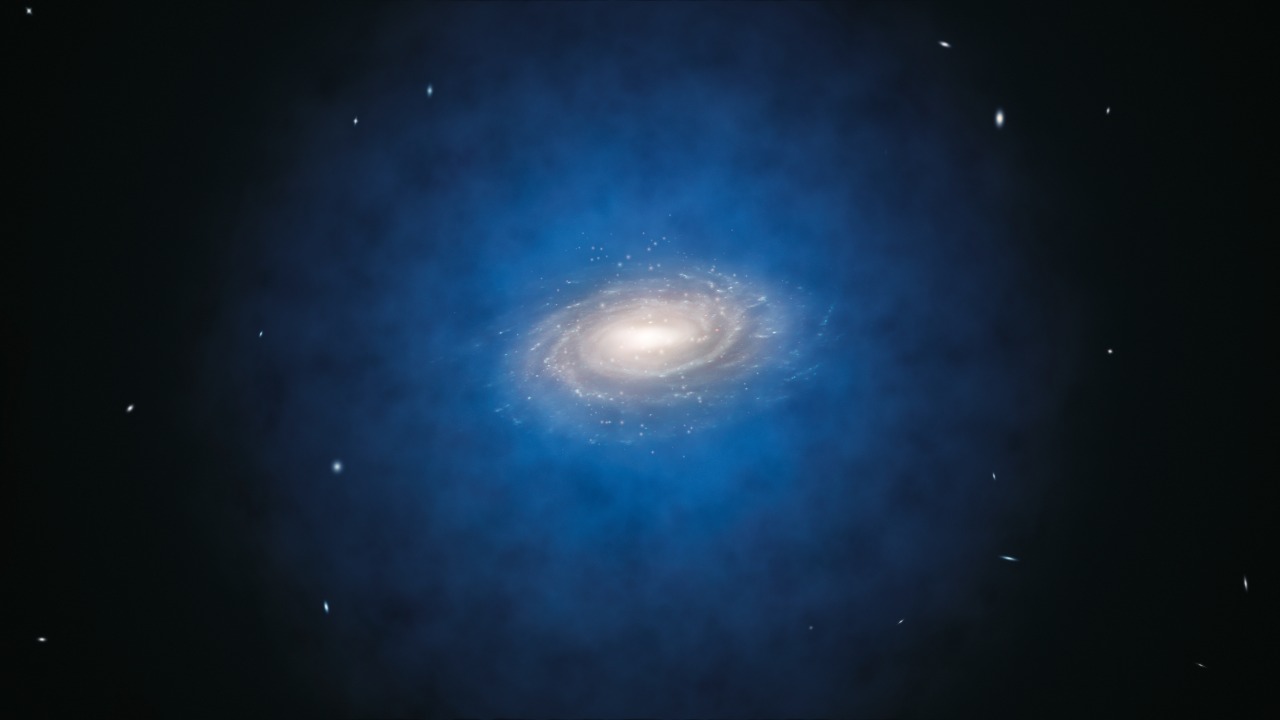
In a landmark achievement, astronomers have noticed light bending in an unexpected manner, one that doesn’t align with the predictions made by Albert Einstein’s theory of general relativity. This groundbreaking research not only enhances our understanding of the cosmos but also throws a challenge at Einstein’s theory that has withstood the test of time.
Understanding Einstein’s Theory of General Relativity

Albert Einstein’s theory of general relativity, proposed over a century ago, has proven to be a cornerstone of modern astrophysics. It postulates that gravity isn’t a force, but a curvature in the fabric of spacetime caused by massive objects. This revolutionary idea also predicted how light would bend around these massive objects, a phenomenon known as gravitational lensing.
Over the last century, Einstein’s theory has been put to the test countless times and has come out victorious. From the famous 1919 solar eclipse that confirmed light bending to the recent observation of gravitational waves, Einstein’s theory has been validated repeatedly, solidifying its place in our understanding of the universe.
The Unexpected Discovery: Light Bending Differently

However, recent observations by astronomers have detected light bending in a way that doesn’t fit into Einstein’s predictions. Using state-of-the-art telescopes and sophisticated imaging techniques, astronomers noticed that light from distant galaxies was being distorted in an unusual manner as it passed massive cosmic structures.
This unexpected bending of light contradicts what we have come to accept from Einstein’s theory. While gravitational lensing as predicted by Einstein has been observed numerous times, this new observation marks a deviation from the norm, sparking intrigue and curiosity in the scientific community.
Understanding The Phenomenon: The Closest Ever Einstein Ring

One of the most striking visual demonstrations of gravitational lensing is the “Einstein Ring” – a perfect circle of light formed when a source, lens, and observer are precisely aligned. The closest ever Einstein ring was recently captured, providing a stunning visual proof of light bending in a way that we never thought possible.
These Einstein rings are not just visually fascinating, but they also serve as a powerful tool for studying distant galaxies. They can help us learn about the distribution of dark matter in the universe and even test the limits of Einstein’s theory.
Implications on Our Understanding of The Universe

This unexpected bending of light could have significant implications on our understanding of the universe. If Einstein’s predictions about light bending are not always accurate, it could challenge our current models of dark matter and gravity. Dark matter, which is believed to make up about 85% of the universe’s mass, is currently understood through the lens (literally and metaphorically) of Einstein’s theory.
Should this new discovery stand up to further scrutiny, it could necessitate a rethink of our understanding of dark matter and gravity. It could even pave the way for a new theory that better explains the observed phenomena, much like Einstein’s theory superseded Newton’s.
What’s Next: Future Research and Exploration

The next step is to further investigate this phenomenon. Astronomers and physicists around the world are already working on this, employing various techniques to better understand this unexpected bending of light. With advancements in technology and a growing interest in the subject, we can expect more groundbreaking discoveries in the near future.
As we continue to explore the universe, it’s quite possible that we will come across more phenomena that challenge or refine our understanding of Einstein’s theory. The beauty of science is that it’s always evolving, always open to new ideas and discoveries, much like the rare planet at the edge of the Milky Way detected using a spacetime phenomenon predicted by Einstein. While we hold Einstein’s theory close, we must also remain open to the possibility of its refinement or even its replacement by a more accurate theory.